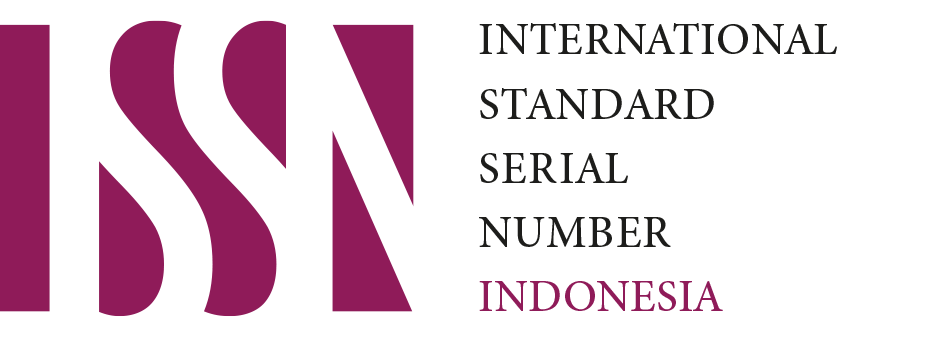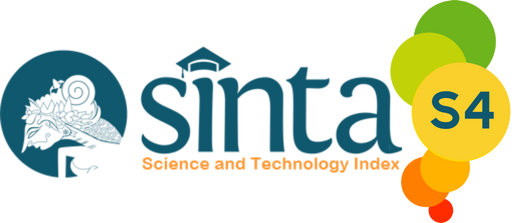HUBUNGAN TINGKAT PENGETAHUAN DENGAN KESIAPAN DOSEN POLTEKKES KEMENKES TANJUNGPINANG DALAM MENGHADAPI INTERPROFESSIONAL EDUCATION (IPE)
Relationship Between Knowledge and Readiness of Lecturers at Poltekkes of The Ministry of Health in Tanjungpinang about Interprofessional Education (IPE)
Keywords:
Interprofessional Education, Pengetahuan, KesiapanAbstract
Interprofessional Education was first initiated by the World Health Organization (WHO) as a strategy to increase collaboration between different health workers in order to see a problem and be able to solve it holistically so as to achieve quality health service outcomes. Poltekkes Kemenkes Tanjungpinang has conducted a workshop on IPE in 2018, besides that several lecturers have also been trained to become IPE facilitators by the PPSDM Health Ministry of the Republic of Indonesia. This study was aims to determine the relationship between the level of knowledge and the readiness of lecturers at the Poltekkes Kemenkes Tanjungpinang in facing Interprofessional Education (IPE). This research was a quantitative research, the type of research used is descriptive analytic which is analyzed by the chi square test and exact fisher. The subjects of this research were 42 lecturers of Tanjungpinang Health Poltekkes. The results was showed that the risk factors for lecturers who had sufficient knowledge tended to be 2,567 times more unprepared for IPE than those who had good knowledge. However, there was no significant relationship between the level of knowledge and the readiness of lecturers to face IPE. It is suggested that this research can be taken into consideration by policy makers at the Poltekkes Kemenkes Tanjungpinang in preparing Interprofessional Education (IPE) for both lecturers and students of the three study programs.
Downloads
References
World Health Organization. Framework for Action on Interprofessional Education and Collaborative Practice. Geneva, Switzerland: WHO [Internet]. 2010. Available from: www.who.int/
Medicine I of. Measuring the Impact of Interprofessional Education on Collaborative Practice and Patient Outcomes. NCBI. 2015;
Barr H, Freeth D, Hammick M, Koppel I RS. The evidence base and recommendations for interprofessional education in health and social care. J Interprof Care. 2015;5–78.
Hall, L. W., & Zierler BK. Interprofessional Education and Practice Guide No. 1; Developing faculty to effectively facilitate interprofessional education. J Interprof Care. 2015;29(1):3–7.
Notoatmodjo S. Metodologi penelitian kesehatan. Metodologi penelitian kesehatan. 2018.
Utami S dkk. Modul Pembelajaran Interprofessional Education ( Ipe ). 2020;
Sulistyowati E. INTERPROFESSIONAL EDUCATION ( IPE ) DALAM KURIKULUM PENDIDIKAN KESEHATAN SEBAGAI STRATEGI PENINGKATAN INTERPROFESSIONAL EDUCATION ( IPE ) IN HEALTH EDUCATION CURRICULUM AS A STRATEGY TO IMPROVE THE QUALITY OF Endah Sulistyowati Program Studi Kebidanan , U. J Kebidanan [Internet]. 2019;8(2):123–31. Available from: http://jurnal.unimus.ac.id/index.php/jur_bid/ DOI
Suryana D. PENGETAHUAN TENTANG STRATEGI PEMBELAJARAN, SIKAP, DAN MOTIVASI GURU. J imu Pendidik. 2016;19(6):196–201.
Kusumaningrum PR, Anggorowati A. Interprofesioanal Education (IPE) Sebagai Upaya Membangun Kemampuan Perawat Dalam Berkolaborasi Dengan Tenaga Kesehatan Lain. J Kepemimp dan Manaj Keperawatan. 2018;1(1):14.
Lapkin, S. et al. No TiA Systematic review of the effectiveness of interprofessional education in health professional programstle. Nurse Educ Today. 2013;(33):90-102.
Poore, J.A, Cullen, D.L, Schaar GL. Simlation-based interprofessional education guided by Kolb’s experiential learning theory.Clinical Simulation in Nursing. 2014. 241–247 p.
Murphy JE, Liles AM, Bingham AL, Chamberlin KW, Dang DK, Hill LG, et al. Interprofessional education: Principles and application. An update from the American College of Clinical Pharmacy. J Am Coll Clin Pharm. 2018;1(1):e17–28.
Published
Versions
- 2022-01-03 (2)
- 2022-01-03 (1)
How to Cite
Issue
Section
Copyright (c) 2022 JURNAL ILMU DAN TEKNOLOGI KESEHATAN TERPADU

This work is licensed under a Creative Commons Attribution-NonCommercial-ShareAlike 4.0 International License.












